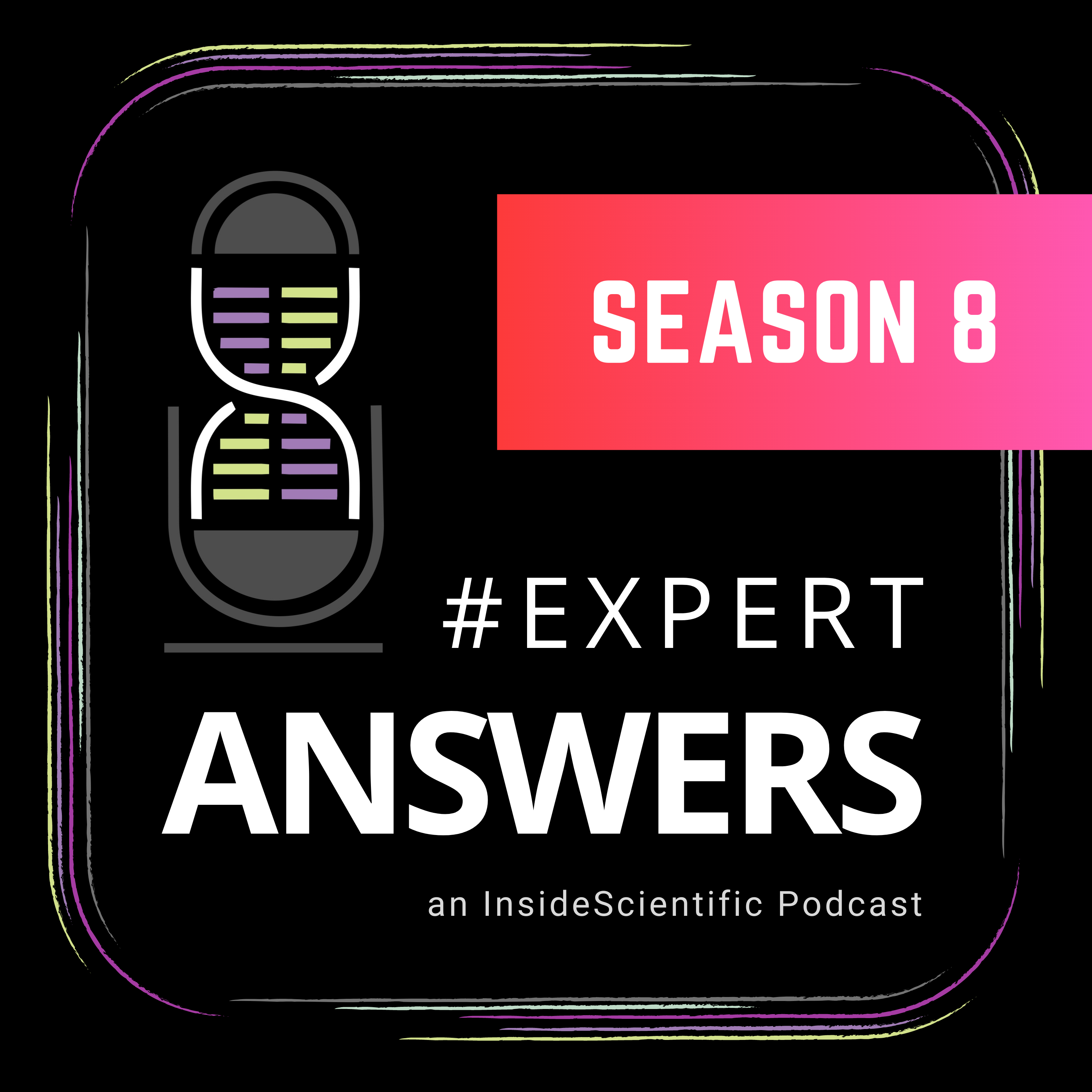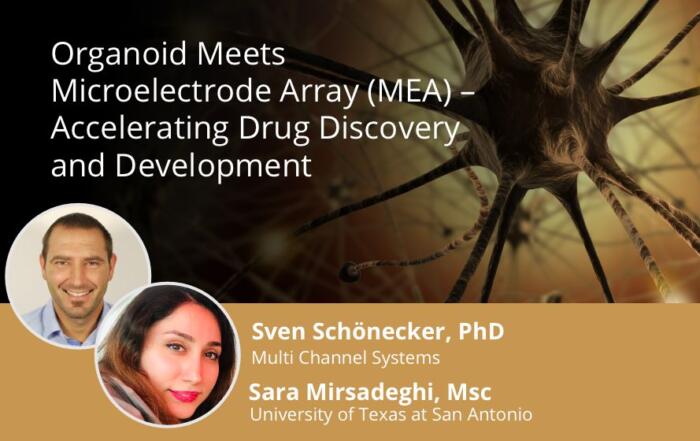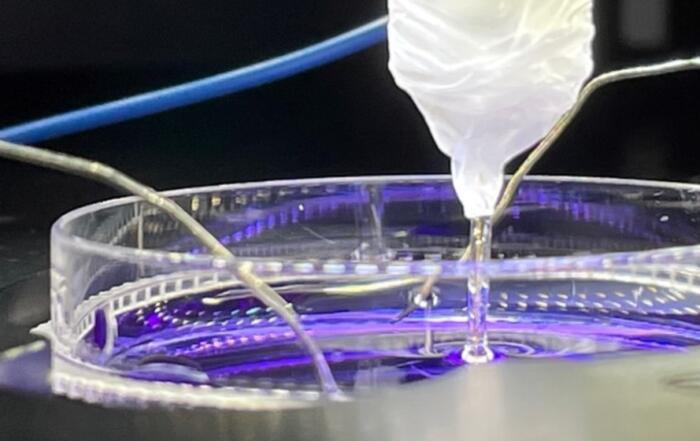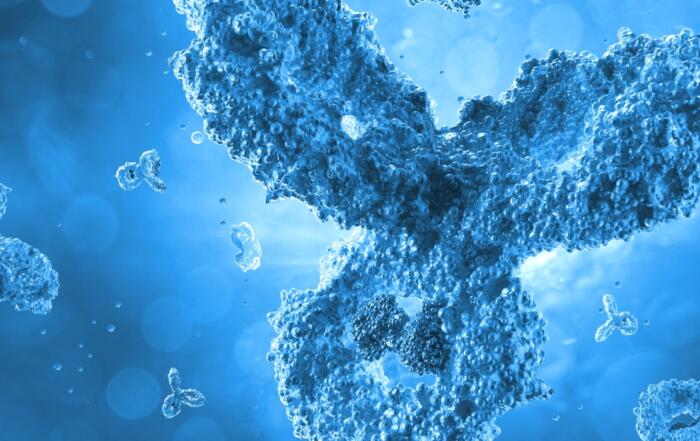In this webinar, Dr. Janine Mauzeroll discusses the fundamentals, critical experimental parameters and recent applications for scanning electrochemical microscopy (SECM).
Scanning electrochemical microscopy (SECM) is a scanning probe technique in which a small-scale electrode is scanned across an immersed substrate while recording the current response. This response is dependent on both the surface topography and the electrochemical activity of the substrate. Consequently, using an array of operational modes, a wide variety of substrates and experimental systems can be characterized. The strength of SECM lies in its ability to quantify material flux from a surface with a high spatial and temporal resolution. It has been used in a variety of applications fields.
Dr. Janine Mauzeroll describes the fundamentals of SECM technology, including the required instrumentation and the principles of the most frequently used operational modes. Following this basic understanding of SECM principles, she then moves towards a comprehensive summary of the critical parameters for any SECM experiment. Specifically, she discusses in detail redox mediators, probes, and solvent systems that are used in SECM experiments. Finally, she presents recent applications of SECM with an emphasis on her work in the last five years related to material characterization, corrosion and batteries.
Click to watch the webinar recording. To view the presentation full screen simply click the square icon located in the bottom-right corner of the video viewer.
Resources
To retrieve a PDF copy of the presentation, click on the link below the slide player. From this page, click on the “Download” link to retrieve the file.
Presenters
Professor of Chemistry
Department of Chemistry
McGill University











